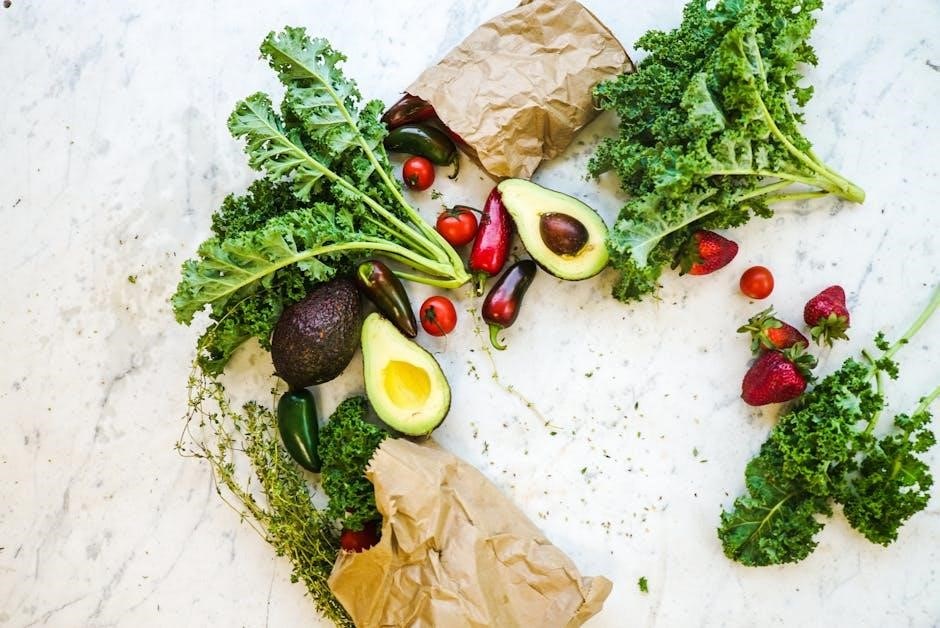vegetarian keto diet plan free pdf
The Vegetarian Keto Diet Plan combines high-fat, low-carb principles with plant-based eating for weight loss and improved health, offering a structured approach with a free PDF guide.
What is the Vegetarian Keto Diet?
The Vegetarian Keto Diet is a high-fat, low-carbohydrate diet that excludes meat, focusing on plant-based foods. It combines the ketogenic diet’s principles with vegetarianism, promoting ketosis through fats from sources like avocados, nuts, and oils. The diet typically consists of 70-80% fats, 15-20% protein, and 5-10% carbs, ensuring minimal carb intake while avoiding animal products. Popular ingredients include eggs, tofu, tempeh, and low-carb vegetables. This diet is ideal for those seeking weight loss, improved blood sugar control, and mental clarity while adhering to vegetarian preferences. It offers a structured approach to nutrition, supported by downloadable guides and meal plans for easy implementation.
Benefits of a Vegetarian Keto Diet
The Vegetarian Keto Diet offers numerous health benefits, including rapid weight loss through fat burning, improved blood sugar control, and enhanced mental clarity. By focusing on high-fat, plant-based foods, it promotes sustained energy levels and reduces cravings. This diet is particularly beneficial for those with type 2 diabetes, as it helps regulate blood sugar levels naturally. Additionally, it supports heart health by lowering triglycerides and improving cholesterol profiles. The structured meal plans and downloadable guides make it easier to stick to the diet, ensuring consistency and results. Many followers also appreciate the environmental and ethical benefits of avoiding meat while still achieving their health goals.
How to Download the Free PDF Guide
Downloading the free Vegetarian Keto Diet Plan PDF is straightforward. Visit the official website or trusted health platforms offering the guide. Click the provided link, such as https://bit.ly/ketodiet006, to access the download page. Enter your email to receive the PDF directly in your inbox. The guide includes a 7-day meal plan, shopping list, and nutritional breakdown. Ensure your device supports PDF viewing. Once downloaded, you can print or save it for easy reference. This guide simplifies your journey, offering structured recipes and tips to maintain ketosis while following a plant-based diet. Start your transformation with this comprehensive resource at your fingertips.
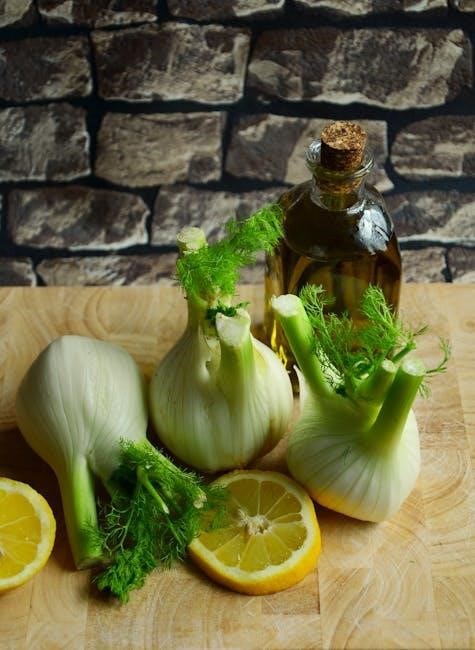
Understanding the Vegetarian Keto Diet
The Vegetarian Keto Diet blends high-fat, low-carb eating with plant-based foods, promoting weight loss and health benefits while maintaining ketosis without meat.
Core Principles of the Keto Diet
The keto diet focuses on a high-fat, moderate-protein, and ultra-low-carb intake, aiming to shift the body into ketosis, a metabolic state burning fat for energy instead of carbs. By drastically reducing carbohydrate consumption, the body depletes its glucose reserves, prompting the liver to break down fats into ketones for fuel. This process not only aids in weight loss but also improves blood sugar control and mental clarity. For vegetarians, this means relying on plant-based fats like avocados, nuts, and oils, while carefully monitoring carb intake from vegetables and plant proteins to maintain ketosis.
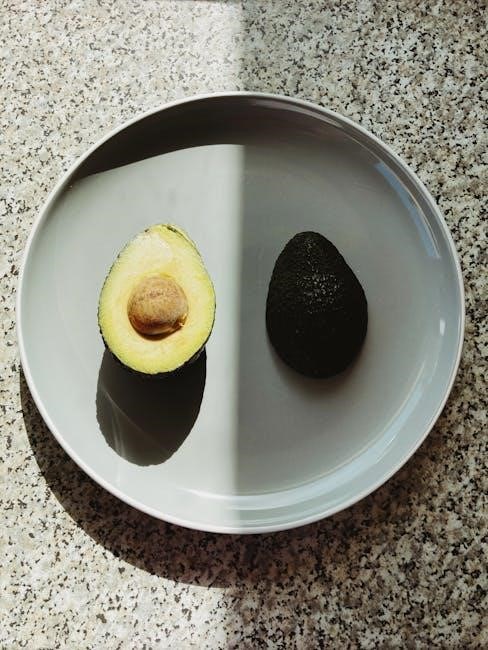
Adapting Keto for Vegetarians
Adapting the keto diet for vegetarians involves replacing meat with plant-based high-fat and protein-rich foods like tofu, tempeh, paneer, and vegan cheeses. Eggs, nuts, seeds, and avocado are also essential. Low-carb vegetables, such as leafy greens and cruciferous vegetables, are emphasized, while high-carb options like grains and legumes are minimized. Plant-based fats, including coconut oil, olive oil, and butter, are key for maintaining the high-fat requirement. Meal planning is critical to ensure adequate protein and fat intake, as vegetarian sources may be lower in these nutrients. This adaptation allows vegetarians to enjoy the benefits of ketosis while aligning with their dietary preferences and ethical choices.
Macronutrient Breakdown: Fats, Proteins, and Carbs
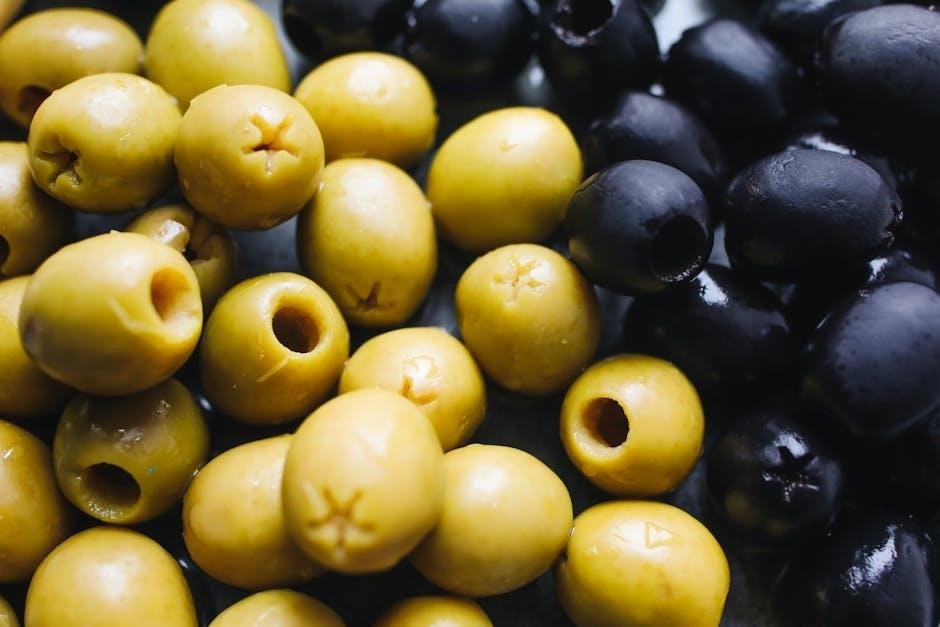
A vegetarian keto diet focuses on a macronutrient breakdown of approximately 75-80% fats, 15-20% proteins, and 5-10% carbs. Fats are sourced from avocado, nuts, seeds, and oils, while proteins come from tofu, tempeh, paneer, and eggs. Carbs are limited to low-carb vegetables like spinach, broccoli, and cauliflower. This balance ensures ketosis, where the body burns fat for energy. The diet avoids high-carb foods such as grains, legumes, and starchy vegetables. By carefully tracking these ratios, vegetarians can maintain ketosis while meeting nutritional needs. This structured approach helps in achieving weight loss, improved blood sugar control, and enhanced energy levels, making it a sustainable and effective dietary choice for those embracing plant-based eating.
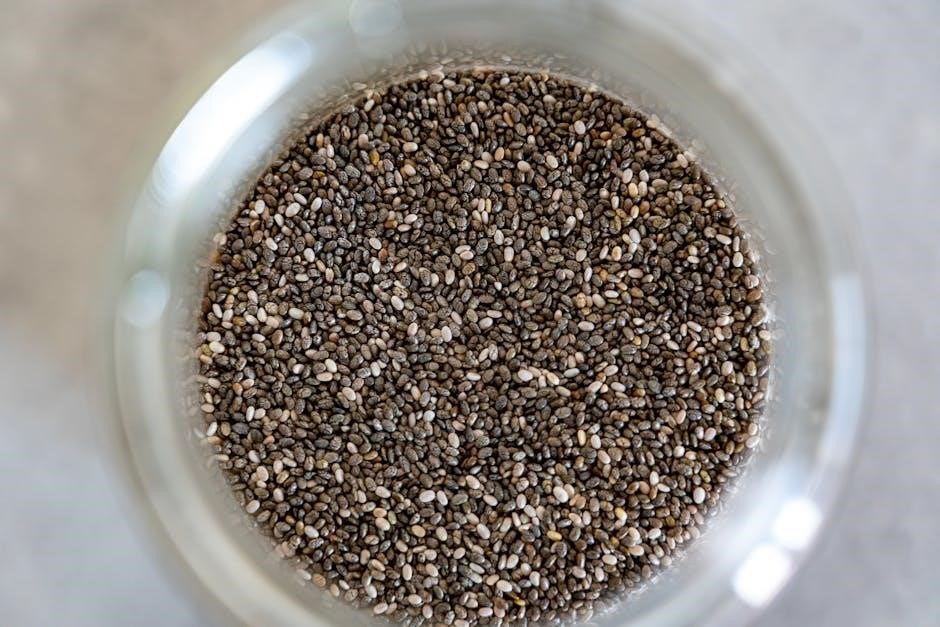
Key Foods for a Vegetarian Keto Diet
Focus on high-fat foods like avocado, nuts, seeds, and healthy oils, paired with low-carb vegetables such as spinach, cauliflower, and broccoli. Tofu, tempeh, and paneer are great protein sources.
High-Fat Vegetarian Foods
High-fat vegetarian foods are essential for maintaining ketosis. Avocados, nuts, seeds, and healthy oils like coconut and olive oil are rich in fats and low in carbs; Tofu and tempeh, when prepared with fatty ingredients, also fit the keto profile. Cheeses like goat cheese, mozzarella, and cream cheese are excellent high-fat options. Incorporating these foods ensures adequate fat intake, supporting ketosis and providing sustained energy; They also add variety and flavor to meals, making the vegetarian keto diet enjoyable and sustainable. By focusing on these high-fat sources, you can effectively balance your macronutrients and thrive on the vegetarian keto plan.
Low-Carb Vegetarian Protein Sources
Low-carb vegetarian protein sources are crucial for maintaining muscle mass and satisfaction on the keto diet. Tofu, tempeh, and edamame are excellent high-protein, low-carb options. Seitan, made from gluten, is another great choice. Legumes like lentils and chickpeas can be included in small portions due to their slightly higher carb content. Greek yogurt and cottage cheese are creamy, protein-rich options that fit the keto profile. Eggs are a versatile and low-carb staple for vegetarians. Additionally, protein powders like pea or hemp can be used in smoothies or recipes. These sources ensure adequate protein intake while keeping carb consumption minimal, making them ideal for a vegetarian keto lifestyle.
Vegetables and Fruits Allowed on Keto
On a vegetarian keto diet, focus on low-carb vegetables and fruits to maintain ketosis. Leafy greens like spinach, kale, and lettuce are excellent choices due to their minimal carb content. Broccoli, cauliflower, and zucchini are versatile and low in carbs, making them ideal for meals. As for fruits, opt for small portions of berries such as strawberries, blueberries, and raspberries, as they are lower in carbs compared to other fruits. Avocados, technically a fruit, are a great source of healthy fats and can be included liberally. Always practice portion control, as even low-carb options can add up. These choices ensure you stay within keto guidelines while enjoying nutrient-rich plant-based foods.
Healthy Fats and Oils for Keto
Healthy fats and oils are foundational to a ketogenic diet, providing essential energy and supporting ketosis. Avocado, nuts, and seeds are rich in healthy fats and perfect for vegetarians. Olive oil and coconut oil are excellent for cooking, offering sustained energy. MCT oil, derived from coconuts, boosts fat intake and supports ketosis. Always choose cold-pressed, minimally processed options to ensure quality. These fats not only enhance meals but also keep you satisfied, making them vital for a balanced vegetarian keto diet. Incorporate them liberally to meet your dietary needs while staying in ketosis.
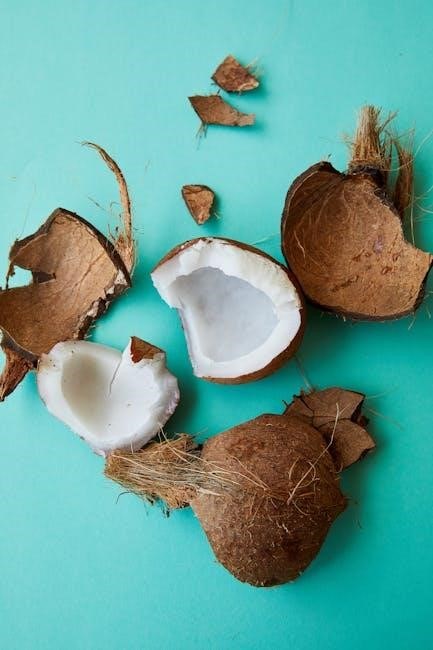
7-Day Vegetarian Keto Meal Plan
This meal plan provides a structured guide with breakfast, lunch, dinner, and snacks for each day, ensuring a nutritionally balanced approach to achieving ketosis and weight loss goals.
Day 1: Breakfast, Lunch, Dinner, and Snacks
Breakfast: Start with a vegan keto porridge made from almond flour and coconut milk, topped with chia seeds and a drizzle of low-carb sweetener for a nutritious kick.
Lunch: Enjoy a tofu quiche with spinach and mushrooms, ensuring a high-fat intake with a side of avocado slices.
Dinner: Prepare a vegan keto Pad Thai using zucchini noodles, tofu, and a tangy dressing made from peanut butter and lime juice.
Snacks: Indulge in a dairy-free chocolate silk pie made from coconut cream and cocoa powder, keeping your macros in check throughout the day.
This meal plan is designed to keep you in ketosis while offering delicious and varied plant-based options, ensuring a smooth transition into the vegetarian keto lifestyle.
Day 2: Meals and Snacks
Breakfast: Scrambled tofu with spinach, garlic, and avocado, served with a side of cauliflower hash browns for a filling start.
Lunch: A hearty chickpea and kale salad with olive oil, lemon juice, and a sprinkle of nutritional yeast for added flavor and nutrients.
Dinner: Stuffed bell peppers with quinoa, mushrooms, and zucchini, drizzled with a dairy-free pesto sauce for a flavorful meal.
Snacks: Roasted chickpeas seasoned with herbs and a small portion of mixed berries to satisfy cravings while staying keto-friendly.
This meal plan ensures a variety of textures and flavors, keeping you satisfied and on track with your vegetarian keto journey. Each dish is carefully balanced to support ketosis and overall nutrition.
Day 3: Meals and Snacks
Breakfast: A vibrant vegetable omelette with zucchini, mushrooms, and avocado, served with a side of macadamia nuts for added crunch and healthy fats.
Lunch: A refreshing arugula salad with cherry tomatoes, olive oil, and a sprinkle of feta cheese, paired with a small side of keto-friendly dressing.
Dinner: Stuffed zucchini boats filled with cauliflower rice, diced tomatoes, and shredded mozzarella, baked to perfection and drizzled with olive oil.
Snacks: Creamy cucumber slices with dairy-free ranch dip and a handful of roasted almonds for a satisfying crunch and fat boost.
This day’s meals are designed to keep you full while maintaining ketosis, with a variety of flavors and textures to keep your diet exciting and nutritious.
Day 4: Meals and Snacks
Breakfast: A creamy spinach and tofu scramble with roasted garlic, served with a side of avocado slices for an extra boost of healthy fats.
Lunch: A hearty mixed green salad with roasted eggplant, zucchini, and a tangy olive oil-based dressing, topped with crumbled feta cheese for added flavor.
Dinner: Stuffed bell peppers filled with a mixture of cauliflower rice, diced tomatoes, and shredded mozzarella, baked until tender and golden.
Snacks: A small bowl of cucumber slices with a dairy-free spinach and artichoke dip, accompanied by a handful of roasted almonds for crunch.
This day’s meals are crafted to keep you in ketosis while offering a variety of flavors and textures, ensuring you stay satisfied and energized throughout the day.
Day 5: Meals and Snacks
Breakfast: A keto-friendly Buddha bowl with sautéed mushrooms, avocado, and a fried egg, drizzled with a creamy tahini dressing for added richness.
Lunch: A zucchini noodle stir-fry with roasted tofu, sesame oil, and a mix of colorful bell peppers, finished with a sprinkle of toasted sesame seeds.
Dinner: A vegetable lasagna made with zucchini slices, ricotta cheese, and marinara sauce, topped with melted mozzarella and fresh basil.
Snacks: A small serving of macadamia nuts and a side of celery sticks with a dairy-free ranch dip for a satisfying crunch and flavor.
This day’s meals are designed to keep your taste buds engaged while maintaining the perfect balance of fats, proteins, and carbs to support your keto journey.
Day 6: Meals and Snacks
Breakfast: A tofu scramble with spinach, garlic, and turmeric, served alongside a side of cauliflower rice for a hearty and flavorful start to the day.
Lunch: Stuffed bell peppers filled with a mixture of quinoa, black beans, diced tomatoes, and shredded cheese, baked to perfection and drizzled with olive oil.
Dinner: A creamy broccoli and cheese soup made with coconut milk and a touch of nutmeg, paired with a side of roasted kale chips for added crunch.
Snacks: A small portion of trail mix with almonds, pumpkin seeds, and dark chocolate, along with a refreshing cucumber and lime slice for hydration.
This day’s meals are crafted to keep you satisfied and energized, ensuring you stay on track with your vegetarian keto goals while enjoying diverse flavors.
Day 7: Meals and Snacks
Breakfast: A keto smoothie blend of spinach, avocado, almond milk, and a scoop of plant-based protein powder, topped with chia seeds and shredded coconut.
Lunch: A zucchini noodle salad with pesto dressing, cherry tomatoes, and sliced olives, finished with a sprinkle of nutritional yeast for added flavor.
Dinner: Stuffed zucchini boats filled with a mixture of sautéed mushrooms, walnuts, and vegan ricotta, baked until tender and golden brown.
Snacks: A small serving of mozzarella slices and a handful of macadamia nuts, along with a side of celery sticks dipped in almond butter.
This final day of the meal plan emphasizes nutrient-dense, flavorful dishes to keep you satisfied and motivated as you complete your first week on the vegetarian keto diet.
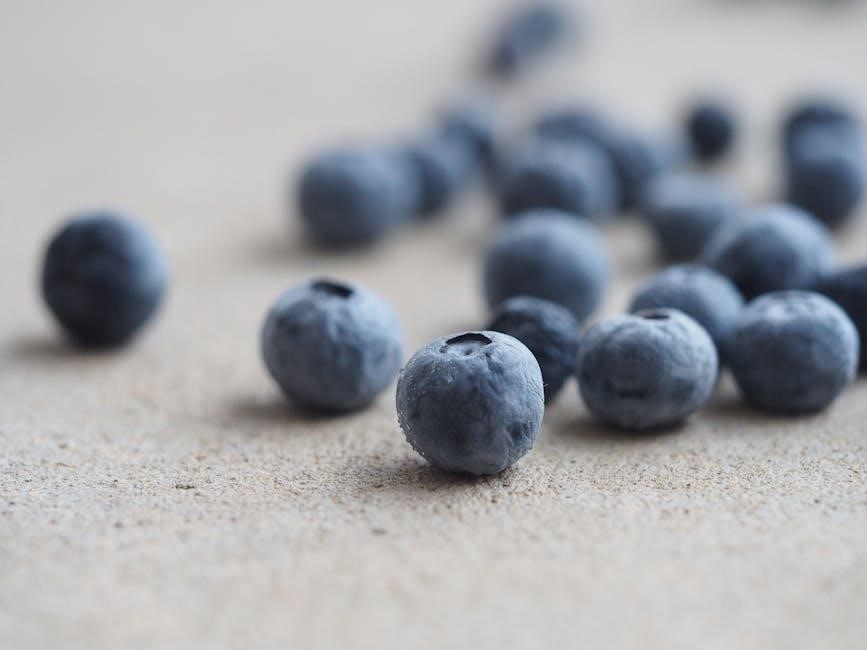
Vegetarian Keto Diet Tips and Tricks
Meal prepping saves time and ensures adherence, while tracking macros helps maintain ketosis. Incorporate keto-friendly substitutes for carbs and stay hydrated to avoid plateau.
Meal Prepping for Success
Meal prepping is essential for staying consistent on a vegetarian keto diet. Plan your meals weekly, focusing on high-fat, low-carb options like avocado, nuts, and tofu. Prep lunches and dinners in advance using reusable containers. Start with snacks like nuts, seeds, and veggies with keto-friendly dips. Batch-cook proteins such as tempeh or seitan, and roast large batches of keto-approved vegetables like cauliflower and broccoli. Portion control is key to maintaining macronutrient balance. Label and date meals for easy tracking. This approach saves time, reduces food waste, and ensures adherence to your diet plan. Download the free PDF guide for detailed meal prep ideas and templates to streamline your process.
Staying in Ketosis on a Vegetarian Diet
Maintaining ketosis on a vegetarian diet requires careful attention to macronutrient balance. Focus on high-fat foods like avocados, nuts, seeds, and olive oil, while minimizing carb intake. Incorporate low-carb vegetables such as spinach, cauliflower, and broccoli, and ensure protein sources like tofu, tempeh, and eggs are keto-friendly. Track your macronutrients daily to stay within the 70-80% fat, 15-20% protein, and 5-10% carb range. Avoid high-carb plant-based foods like grains and legumes. Meal prepping and planning are crucial to adhere to these guidelines. Use the free PDF guide for tailored recipes and tips to simplify staying in ketosis while following a vegetarian lifestyle.
Handling Social and Lifestyle Challenges
Adopting a vegetarian keto diet can present social and lifestyle challenges, such as navigating meals with friends or family who don’t follow the diet. Planning ahead is key—pack snacks or research keto-friendly restaurants to avoid temptation. Social gatherings may require explaining your dietary choices, but this can also spark curiosity and support. Time constraints can be managed by meal prepping or using quick, simple recipes from the free PDF guide. Additionally, staying organized with shopping lists and meal plans helps maintain consistency. The guide offers practical tips to overcome these challenges, ensuring the diet fits seamlessly into a busy lifestyle while promoting long-term success and adherence.

Nutritional Benefits of the Vegetarian Keto Diet
The vegetarian keto diet promotes weight loss, stabilizes blood sugar, and enhances mental clarity by combining plant-based nutrition with ketogenic principles, offering a balanced and sustainable health approach.
Weight Loss and Fat Burning
The vegetarian keto diet is highly effective for weight loss, as it shifts the body into ketosis, a metabolic state where fat is burned instead of carbohydrates. By focusing on high-fat, plant-based foods, the diet naturally reduces calorie intake while maintaining satiety. The combination of low-carb vegetables, healthy fats, and protein-rich vegetarian sources accelerates fat burning and promotes a leaner physique. Additionally, the elimination of sugar and refined carbs stabilizes blood sugar levels, further enhancing weight loss efforts. This dietary approach not only aids in shedding pounds but also helps maintain muscle mass, ensuring a balanced and sustainable weight management strategy.
Improved Blood Sugar Control
The vegetarian keto diet is renowned for its ability to stabilize blood sugar levels, making it particularly beneficial for those managing diabetes or prediabetes. By eliminating high-carb foods and focusing on low-carb, high-fat plant-based options, the diet reduces glucose fluctuations; This approach minimizes insulin spikes, promoting a more balanced and controlled blood sugar environment. The emphasis on healthy fats and moderate protein intake further supports insulin sensitivity, enhancing the body’s ability to regulate glucose effectively. Over time, this dietary strategy can lead to improved metabolic health and reduced reliance on medications for blood sugar management, offering long-term benefits for overall well-being and disease prevention.
Enhanced Mental Clarity and Energy
Adopting a vegetarian keto diet can lead to heightened mental clarity and sustained energy levels due to the body’s shift from glucose to ketone-based fuel. Ketones are a clean, efficient energy source for the brain, reducing fog and enhancing focus. The diet’s emphasis on healthy fats also supports brain health by promoting the formation of neurotransmitters, which improve cognitive function and mood stability. Additionally, the avoidance of high-carb, high-sugar foods minimizes energy crashes, providing a more consistent and stable energy supply throughout the day. This makes the vegetarian keto diet an excellent choice for individuals seeking improved productivity and mental performance without compromising their plant-based lifestyle.
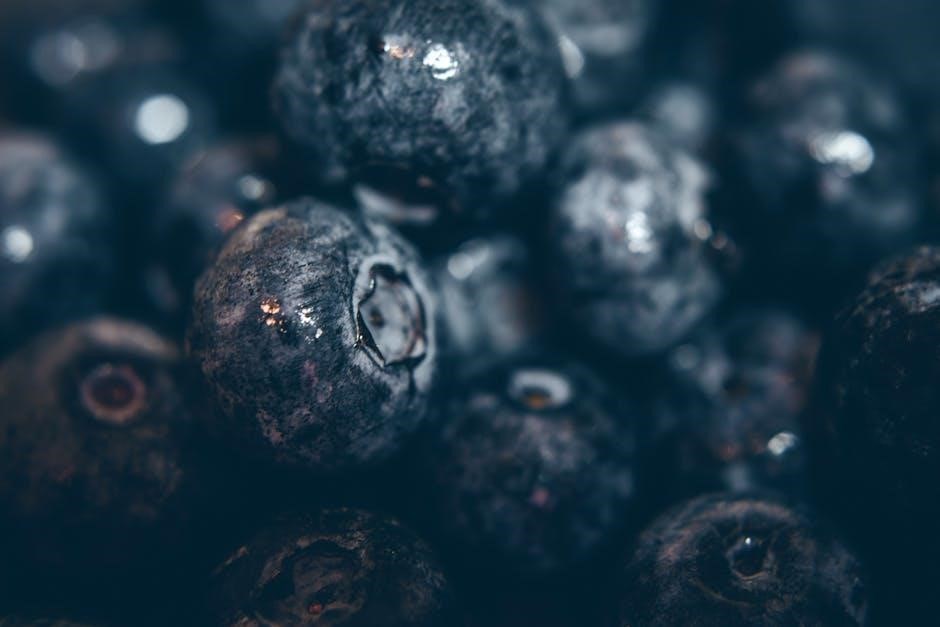
Common Challenges and Solutions
- Challenges include maintaining protein intake, ensuring adequate fiber, and managing cravings.
- Solutions involve incorporating plant-based proteins, fibrous vegetables, and healthy fats to stay satisfied and compliant.
Maintaining Protein Intake Without Meat
Maintaining adequate protein intake on a vegetarian keto diet requires careful planning. Plant-based protein sources like tofu, tempeh, edamame, and lentils are excellent options. Eggs and dairy products, such as Greek yogurt and cottage cheese, are also high in protein and fit within keto guidelines. Additionally, protein powders like pea or hemp protein can be incorporated into smoothies or snacks for convenience. It’s important to vary protein sources to avoid monotony and ensure nutritional balance. Portion control is crucial, especially with higher-carb options like lentils, to stay within keto macros. Meal prepping and creative recipe ideas can help keep protein intake consistent and delicious.
Ensuring Adequate Fiber Consumption
Adequate fiber intake is essential for digestive health, even on a vegetarian keto diet. Focus on low-carb vegetables like broccoli, cauliflower, and spinach, which are rich in fiber; Incorporate nuts and seeds, such as almonds, flaxseeds, and chia seeds, as they provide both healthy fats and fiber. Avocados are another excellent source of fiber and fit seamlessly into keto meals. Fermented foods like sauerkraut and kimchi not only add fiber but also support gut health. Whole, unprocessed foods should form the backbone of your diet to meet daily fiber needs without exceeding carb limits. Tracking fiber intake alongside macros can help maintain balance and prevent deficiencies.
Managing Cravings and Hunger
Managing cravings and hunger is crucial for long-term success on a vegetarian keto diet; Staying hydrated is key, as thirst can often masquerade as hunger. Incorporate healthy fats like avocados, nuts, and seeds to keep you satiated. Meal prepping is another effective strategy, ensuring you always have keto-friendly snacks on hand. Opt for nutrient-dense foods that provide sustained energy and reduce cravings for unhealthy options. Mindful eating practices, such as savoring each bite, can also help curb unnecessary snacking. If cravings persist, consider intermittent fasting or incorporating physical activity to stabilize hunger hormones. Aim for balanced meals that combine fats, proteins, and low-carb vegetables to maintain satisfaction and reduce temptation.
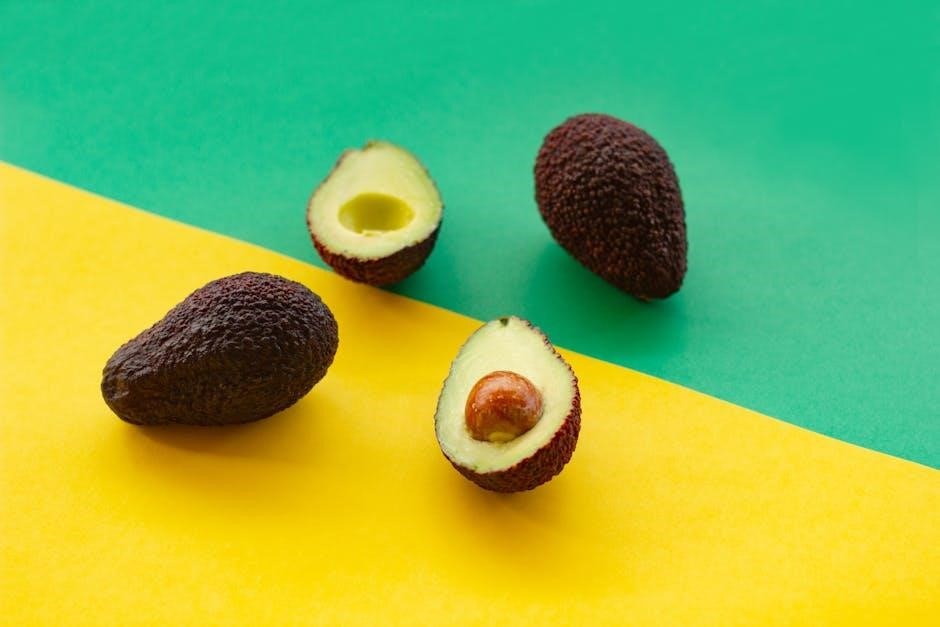
Vegetarian Keto Diet FAQ
Is the Vegetarian Keto Diet Suitable for Everyone? The diet is generally safe but may not suit those with certain health conditions. Consult a healthcare provider before starting.
Can I Follow the Diet Long-Term? Yes, with proper planning, the vegetarian keto diet can be sustainable and beneficial for extended periods.
How to Track Progress on the Diet? Monitor weight, energy levels, and ketosis using testing strips or apps to ensure you’re meeting your goals.
Is the Vegetarian Keto Diet Suitable for Everyone?
The vegetarian keto diet is not suitable for everyone, particularly those with certain health conditions or dietary needs; Pregnant women, individuals with diabetes, or those with heart health concerns should consult a healthcare provider before starting. Additionally, the restrictive nature of the diet may not appeal to everyone, especially those who enjoy carb-rich foods or find meal planning challenging. Some people may also struggle with social or lifestyle factors, such as dining out or family meals. While the diet can be beneficial for many, it’s important to assess personal health and preferences before committing to this plan.
Can I Follow the Diet Long-Term?
Following a vegetarian keto diet long-term is possible but requires careful planning and commitment. The diet’s structured approach, with its focus on high-fat, low-carb, plant-based foods, can be sustainable for those who enjoy its benefits. Many find the diet’s emphasis on whole, nutrient-dense foods appealing and manageable over time. However, it’s important to ensure variety in meals to avoid boredom and maintain nutritional balance. Social and lifestyle challenges may arise, but with proper planning, the diet can be adapted to fit various needs. Consulting a healthcare provider or nutritionist is recommended to assess long-term suitability and address any concerns. With dedication, the vegetarian keto diet can be a viable long-term choice for health and weight management.
How to Track Progress on the Diet
Tracking progress on the vegetarian keto diet involves monitoring several key metrics. First, keep a food diary to ensure you’re adhering to macronutrient goals, focusing on high fats, moderate proteins, and minimal carbs. Use a mobile app or spreadsheet to log meals and calculate macros. Additionally, track your weight, measurements, and body fat percentage weekly. Physical changes, such as increased energy or improved mental clarity, are also important indicators. Regular blood ketosis tests can confirm whether you’re in ketosis. Lastly, monitor how your clothes fit and overall health improvements, such as better blood sugar control or reduced inflammation. By consistently tracking these metrics, you can adjust your diet and stay motivated on your journey.
The Vegetarian Keto Diet Plan offers a sustainable, plant-based approach to ketosis, promoting weight loss and improved health. Download the free PDF guide to embark on your transformative journey effortlessly.
Summarizing the Vegetarian Keto Diet Plan
The Vegetarian Keto Diet Plan seamlessly merges ketogenic principles with plant-based eating, emphasizing high-fat, low-carb meals. It relies on ingredients like avocados, nuts, seeds, tofu, and low-carb vegetables. The plan avoids meat while maintaining ketosis, offering flexibility with meal swapping. A free PDF guide provides structured meal plans, shopping lists, and recipes, eliminating the need for macro tracking. Designed for sustainability, it supports weight loss and improved health. This approach ensures a balanced diet tailored to vegetarian preferences, making it easier to adhere to keto guidelines without compromising on flavor or variety.
Motivation and Next Steps
Embarking on a Vegetarian Keto Diet Plan can be life-transforming, offering improved health, weight loss, and sustained energy. To stay motivated, focus on the long-term benefits, such as enhanced mental clarity and reduced inflammation. Begin by downloading the free PDF guide, which provides a clear roadmap for meal planning and grocery shopping. Start with small, achievable goals, like incorporating one keto meal per day, and gradually transition to a full keto lifestyle. Stay consistent, track your progress, and celebrate milestones. Engage with online communities or forums for support and inspiration. Remember, consistency is key to achieving ketosis and reaping the rewards of this diet. Take the first step today and embrace a healthier, more vibrant you!

